Digital innovation: Instagram launches its own Avatars
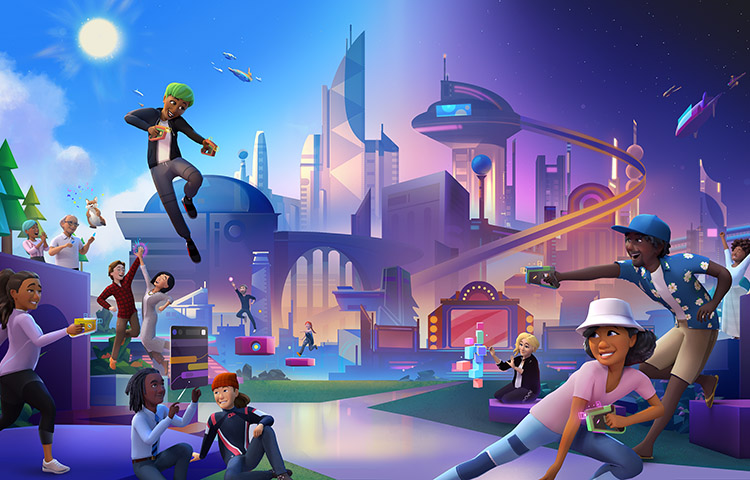
With advancements in digital technology set to completely transform the social media world in just a few short years, we have the opportunity to innovate and create a digital future that revolutionises the industry. It’s been reported that 67% of people are more likely to remember brands that use new technology in their advertising. Currently, […]
Brand personification
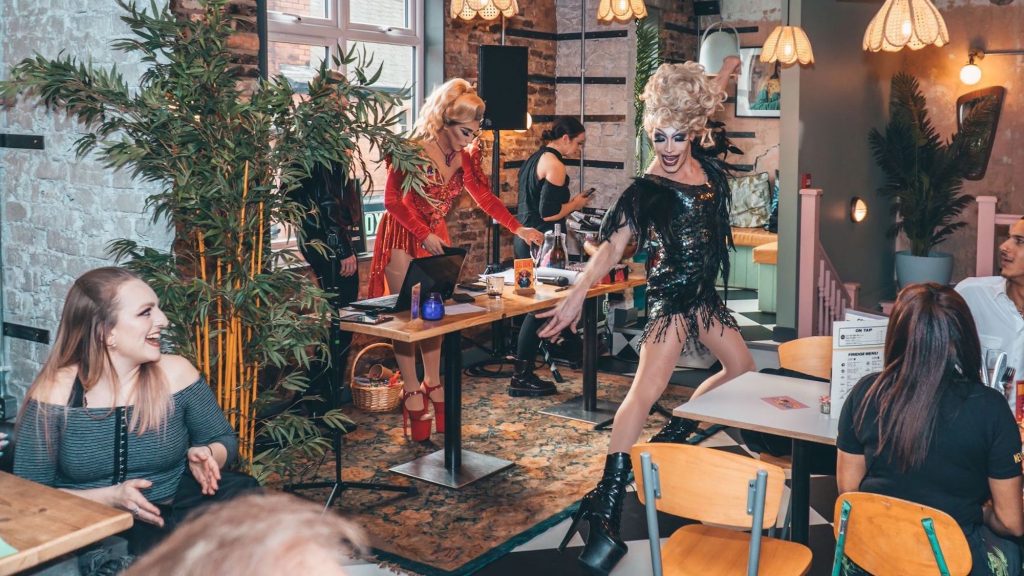
Brand personification Companies have undergone severe changes since the outbreak of COVID-19. They have had to adapt and look for new ways to attract customers to their premises. With the lack of tourism and pause on immigration, the hospitality industry has suffered the most. Not only have the companies changed their mentality, but also their […]
Influencer marketing: The new reality of marketing in 2022
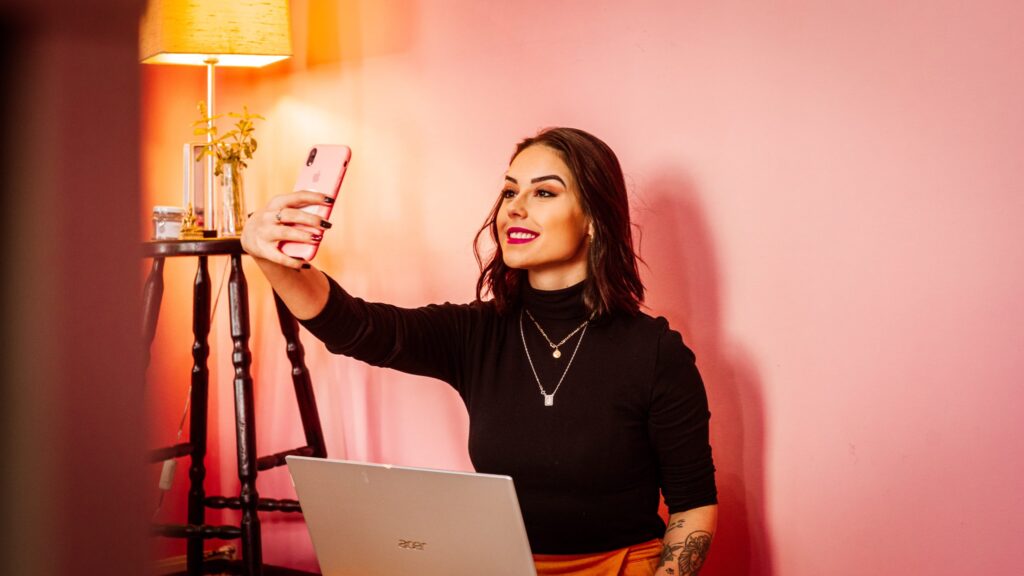
In the day and age that we live in, social media has become a significant part of our day-to-day lives, from the minute we wake up till the moment we go to sleep. Everybody is constantly checking their phones, looking to find the next big thing, the new foodie hotspot or the perfect place for […]
Diversity in Hospitality: How is The Industry Doing?
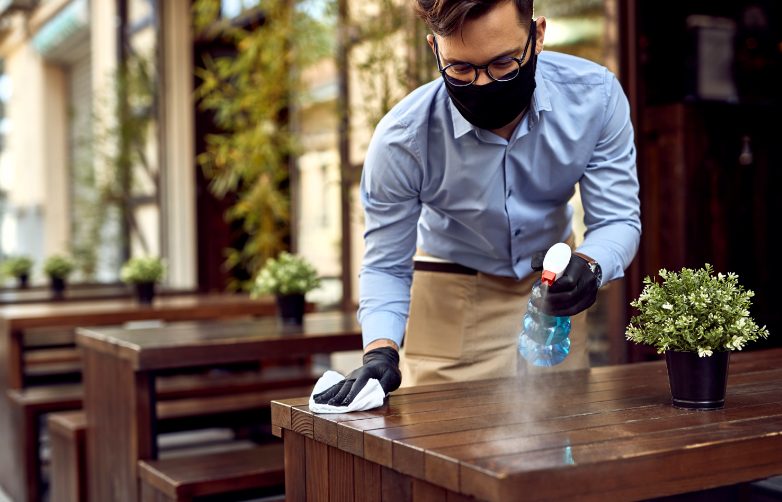
Over the last two years, the hospitality industry has been subjected to riding the rollercoaster of uncertainty and misfortune that is Coronavirus. Although there has been obvious damage done to the industry’s flow of revenue, resulting from coronavirus restrictions and a decrease in consumer spending, the severity of impact on diversity & inclusion (D&I) within […]
Veganuary in the Hospitality Industry
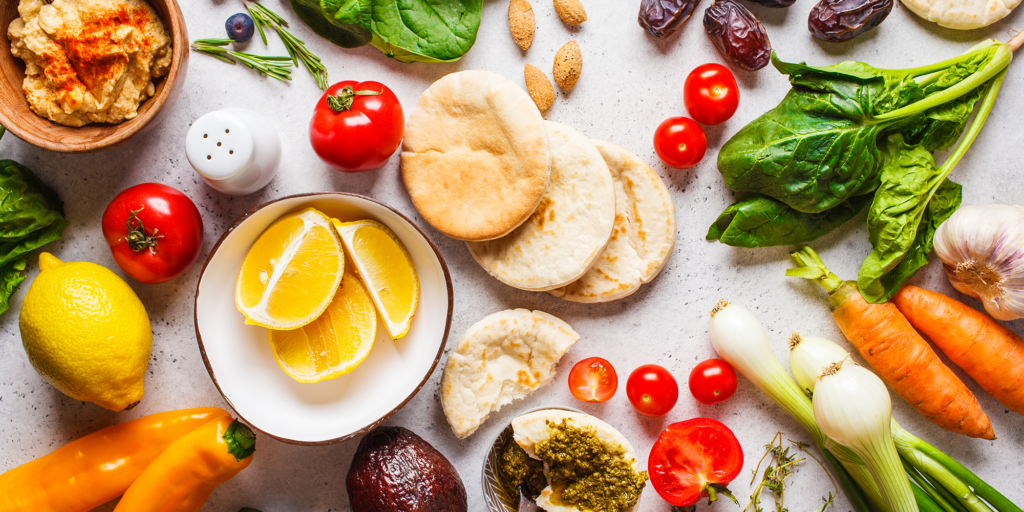
It’s a new year, meaning, New Year’s resolutions are out in full force. There are limitless opportunities for self-improvement in this period, but the most common ones revolve around improving diet and health. What better way to start the year than a challenge: Veganuary. History of Veganuary Veganuary was founded in 2014 by a […]

